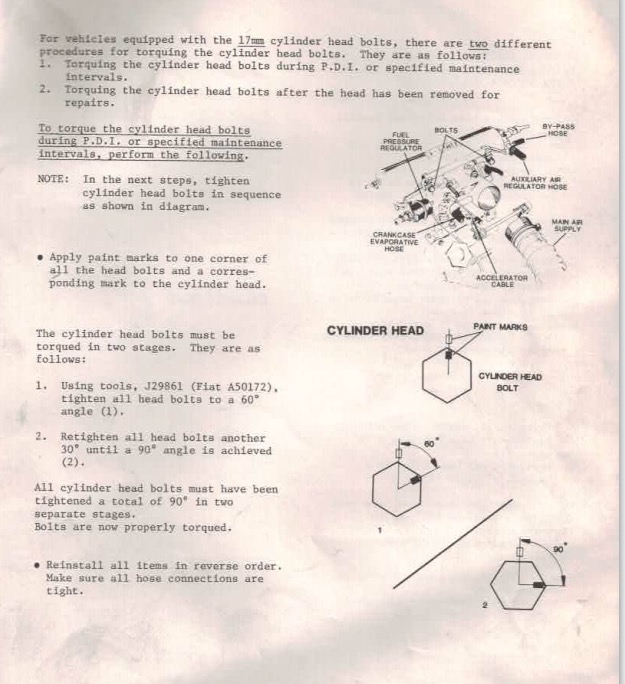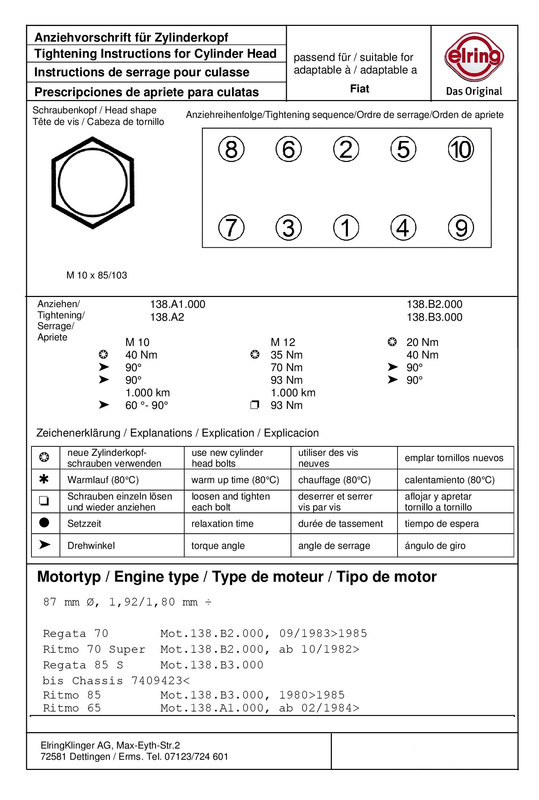lookforjoe
True Classic
So a question in regards to your ground shims.
Are you putting the ground face down into the bucket or facing up towards the cam? If facing up towards the cam, it would seem that the hardened face and surface preparation would be lost and more likely to cause the problem you suffered recently with the galling of the existing parts.
Sorry to see the recent damage and that some of it was the fault of a less than ideal part. Happy it wasn't the fault of the knock sensor and the engine management.
When I went back to the machine shop, they stated unequivocally that the shim would not fail from being ground, the process is to remove .0005-.001" in a cut, which takes several passes. He is adamant that the hardness of the shim is unaffected in this process. They have used this process since the '80's to modify shims. Typically he will reduce valve stem height as preferred path, simply because it is more practical, and that is the process he followed when the main head work was performed for the original build.
He is convinced the cam wear is due to oil quality, since the shims/buckets are in an oil bath. It can't be an oil pressure issue as the cam journals are clean with no galling. I dunno. I cut the shims myself after he showed me how to operate the mill stone.
The engine runs much smoother through the warmup phase with the 223 cam vs. the 231 - I had altogether forgotten that the spec of the 231 cam indicates poor (and low) idle when cold. I was assuming it was an EFI problem. Nice to see that gone now. I will have to monitor the valve clearances on a regular basis - now I think about it, I had cold/idle engine noises that I could not isolate, it was obviously the shim bucket flapping in the breeze due to the excess clearance - amazing it ran as well as it did considering those 3 valves would not have been opening close to spec.















